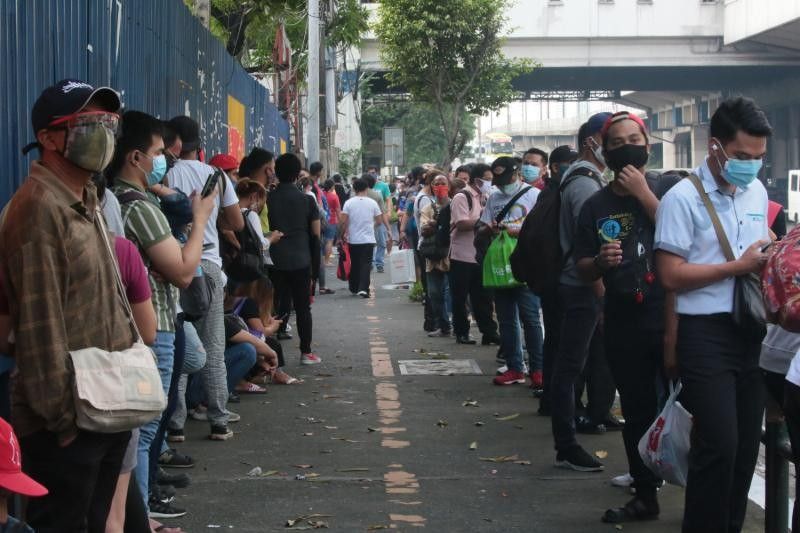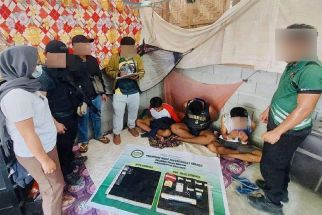As NCR shifts to Alert Level 1, public transport as bad as pre-pandemic — commuters' group

MANILA, Philippines — With public transportation shifting to the "new normal," a nonprofit pushing for active transportation policy cast doubt Tuesday on the transport sector's readiness the increased number of commuters.
In a statement, transportation advocacy group AltMobility PH said that "the transportation needs for the return of workers has been severely underestimated."
This comes after the Department of Transportation announced that public transportation would shift back to 100-percent passenger capacity without any plastic barriers as Metro Manila shifts back to Alert Level 1. The Department of Trade and Industry also said that it is encouraging workers to begin working on-site again.
"Transit stops need severe improvements in availability, access, and capacity...As part of COVID prevention methods, proper ventilation in stations and vehicles must be required," the nonprofit said.
"Public transportation, despite carrying more people, has yet to be allocated more road space — private motor vehicles still occupy more lanes [against] buses and jeepneys."
Speaking at President Rodrigo Duterte's taped briefing late Monday night, Transportation Secretary Arthur Tugade said that as of February 2022, the LTFRB had already given 118,238 operational units of different PUV modes permits to ply 1,514 total routes open in Metro Manila.
Tugade said that 71 more proposed routes with 8,729 more units were set to be opened by the LTFRB before March 15.
Pedestrians, cyclist left behind
But according to AltMobility, the available infrastructure for pedestrians and cyclists alike is still generally not up to par.
"Walking is an important form of transportation yet the availability and quality of sidewalks and at-grade crossings remain a cause for concern," it said.
"Permanent and protected bike lanes remain insufficient, and fails to provide a useful network for bike commuters...The quality of bike lanes is substandard and risks the safety of users with the tight spaces, and numerous potholes and obstructions."
Pre-coronavirus, labor and transport groups tagged the country's traffic situation as a mass transportation crisis, with long lines and technical malfunctions being commonplace in the daily lives of Filipino commuters.
The group pointed out that the Duterte administration's own National Transport Policy prescribes that “the design and evaluation of roads and bridge projects shall consider the mix of transport modes that will optimize people throughput.”
But AltMobility said that "yet we have not seen this in practice, even with newly inaugurated bridges where implementing this should have been easier."
"We have raised the alarm of a crisis in mobility since 2018 but there has been a lack of urgency to fully act on recommendations that will allow our roads to serve the average commuter who takes public transportation, bikes, or walks," AltMobility said.
"Introducing road improvements that will respond to the evolved needs of commuters should be priority, instead of the car-centric environment that the [national government has] promoted through its designs and policies." — Franco Luna
- Latest
- Trending



























